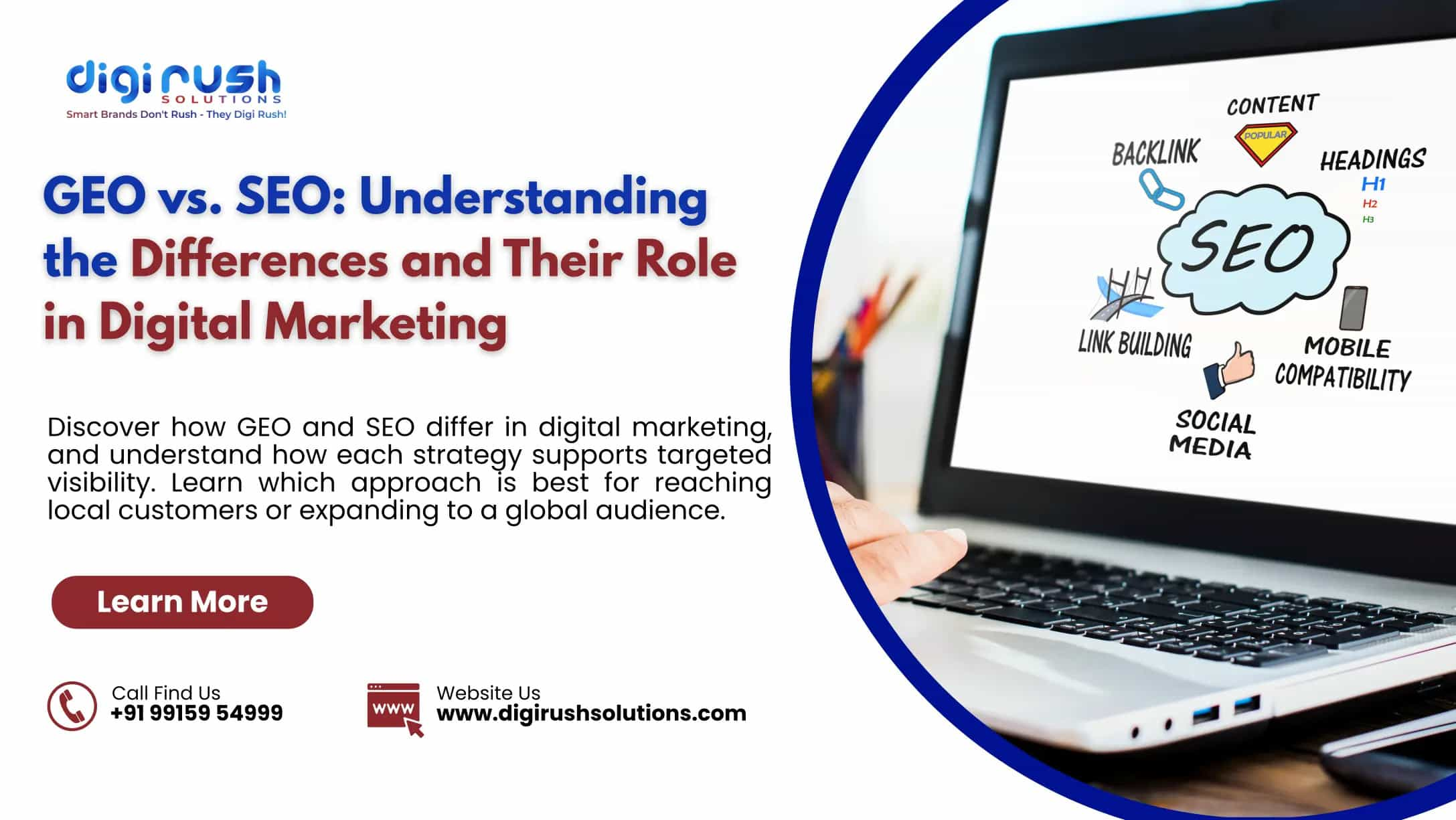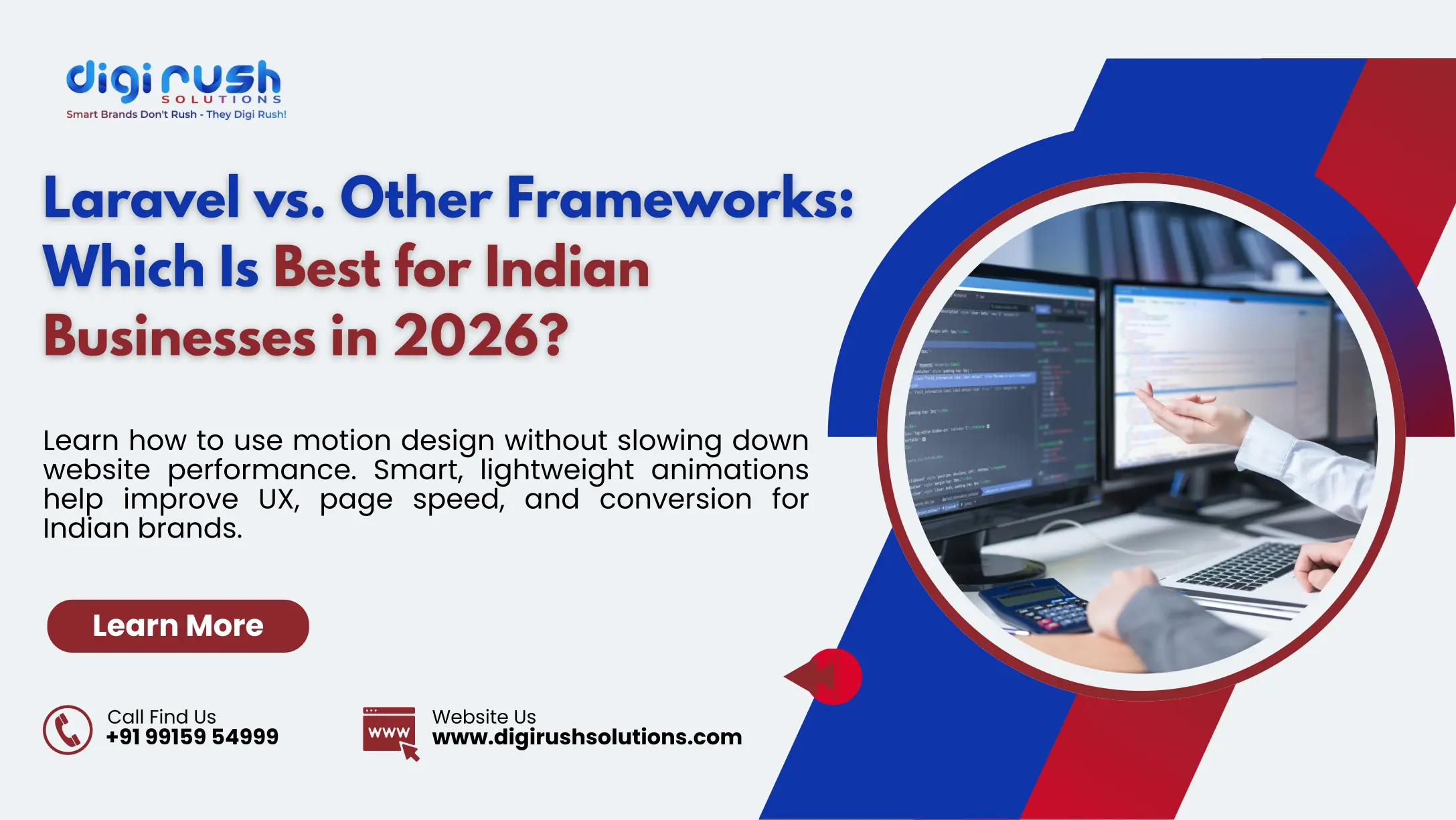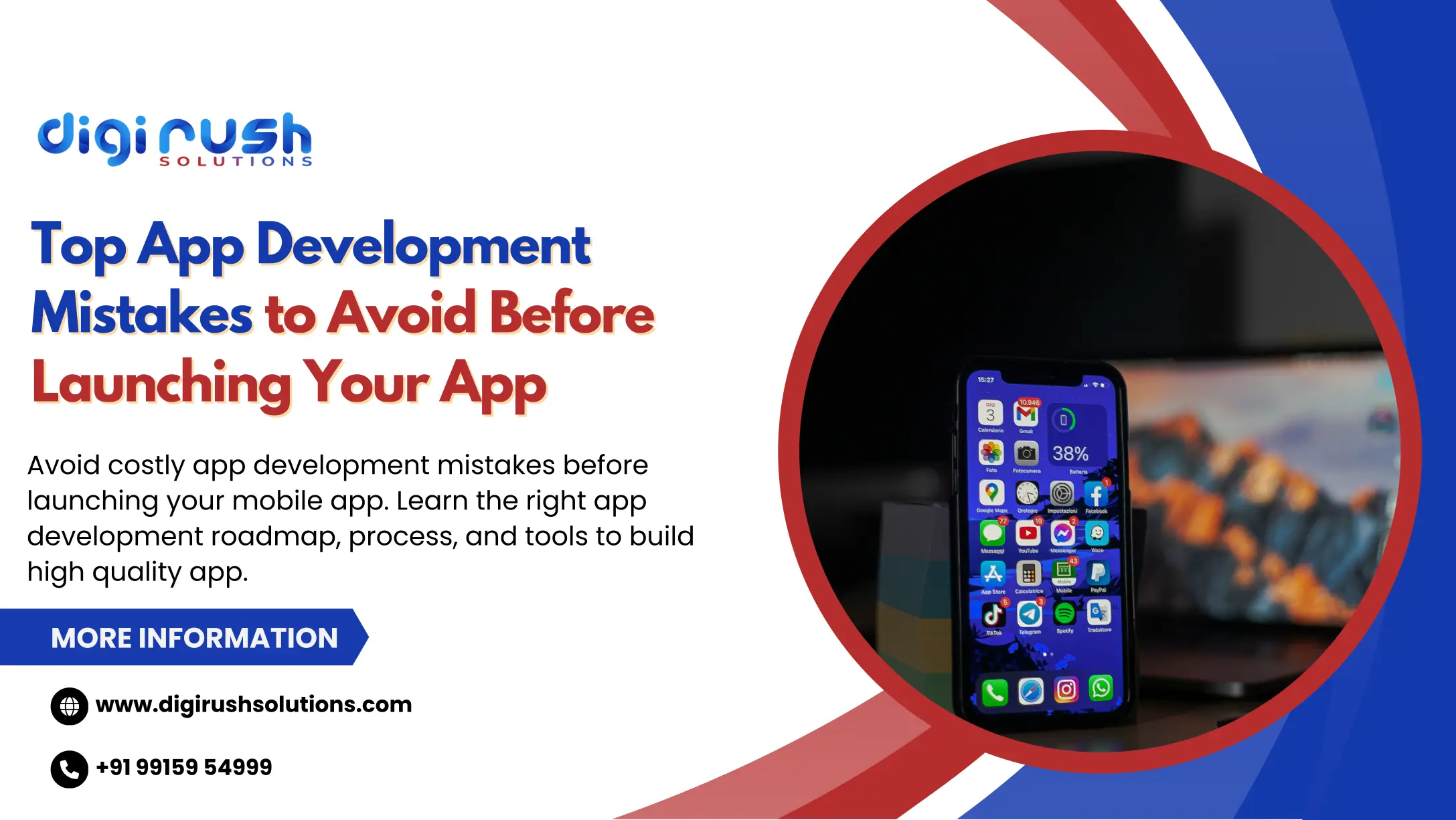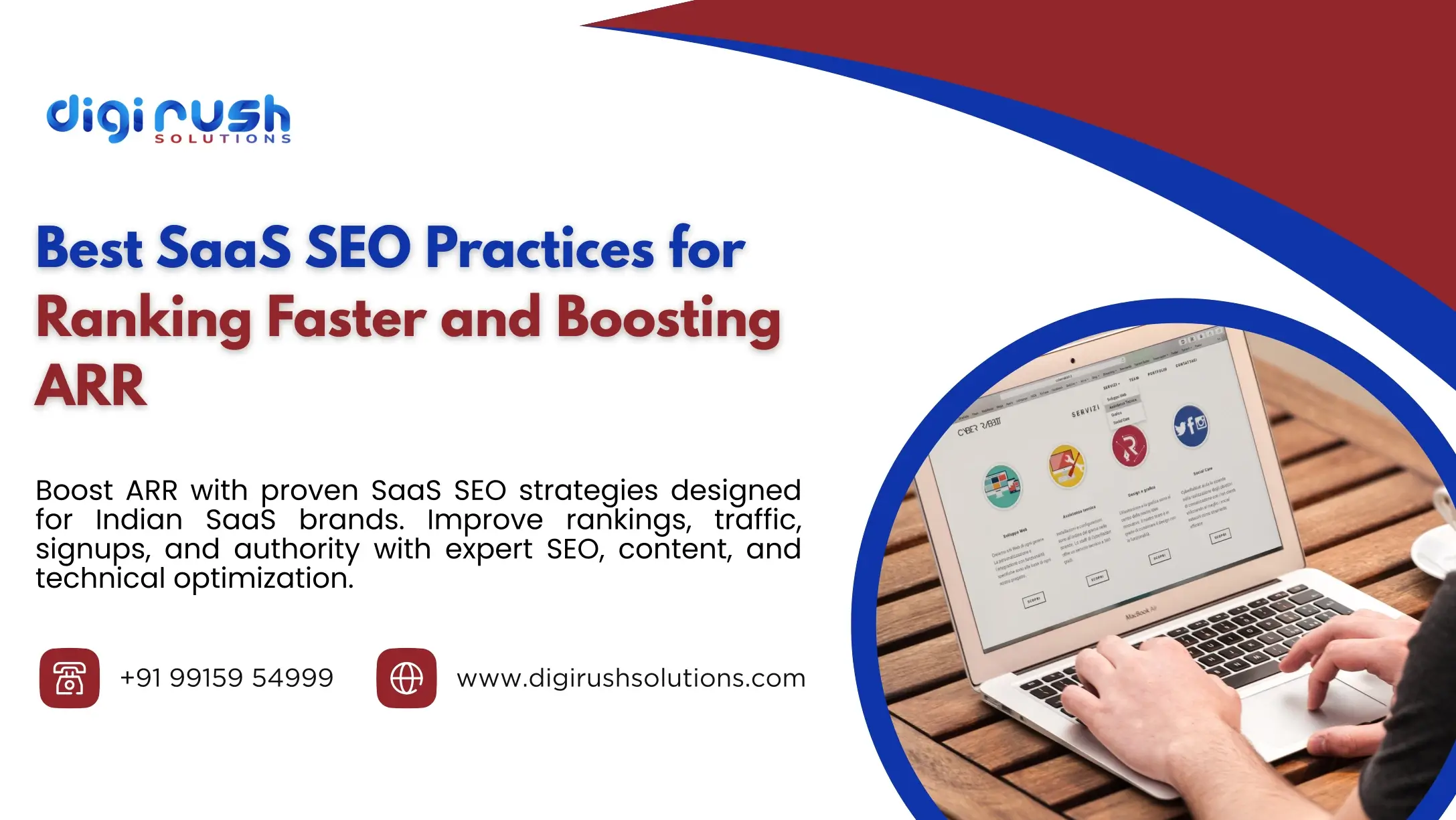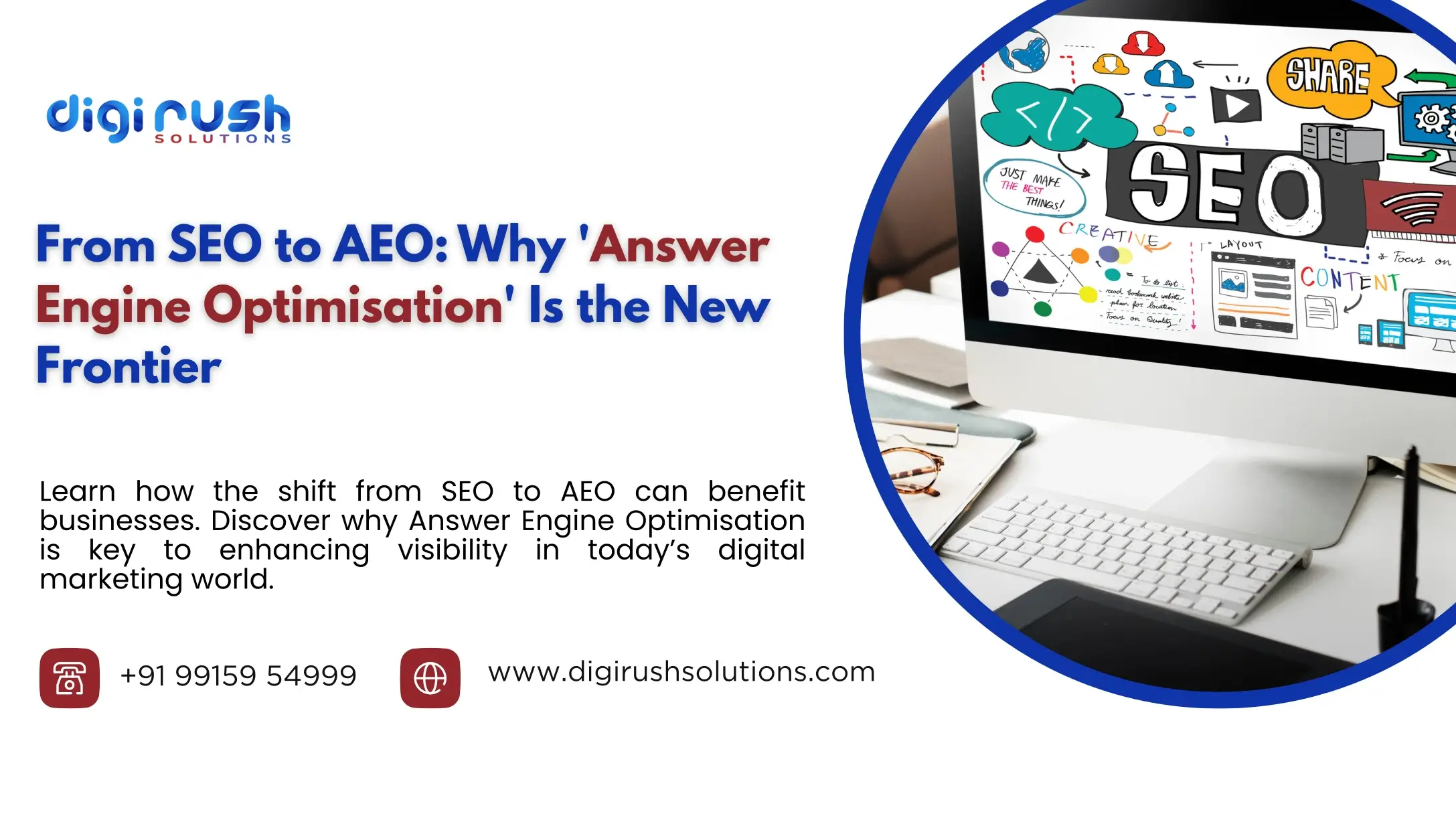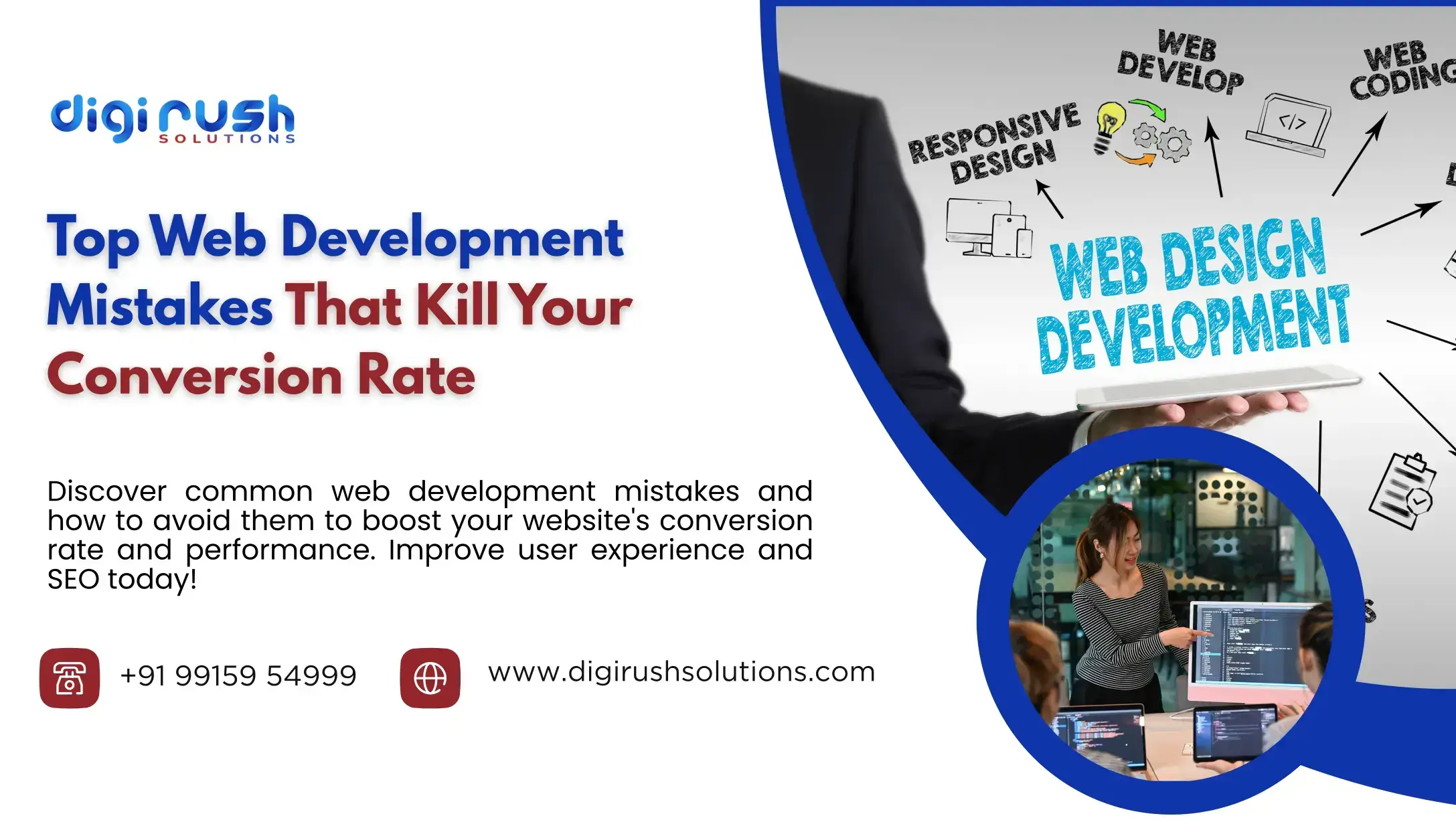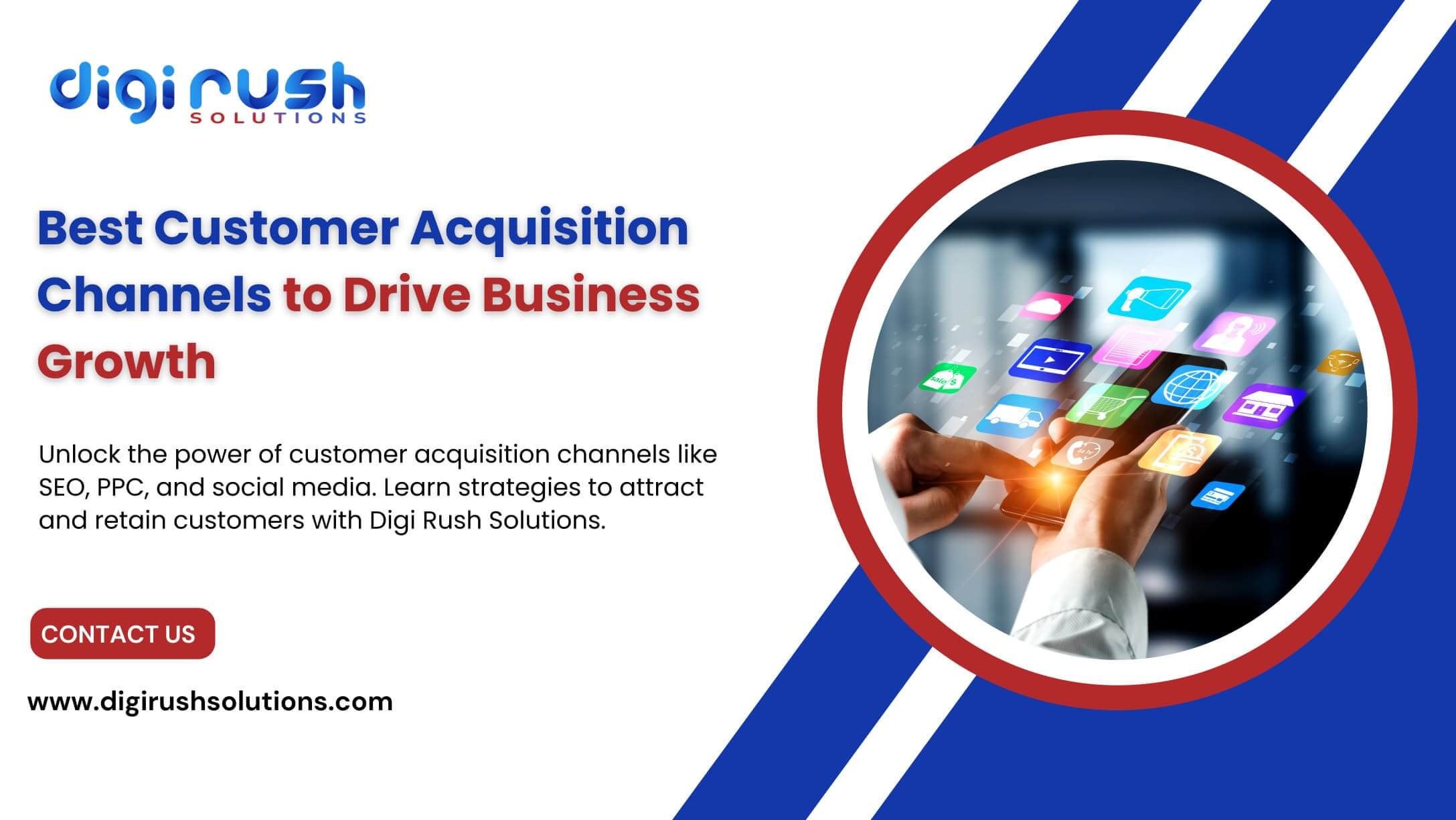
Knowing where and how to reach your ideal audience is crucial for business growth. With numerous potential routes — from search engine optimization (SEO) to video marketing, brand partnerships, and more — selecting the proper customer acquisition channels can be challenging.
Should you focus on just one channel, or engage in multiple platforms? This guide will break down the best customer acquisition channels and strategies, helping you understand which ones will make the most significant impact for your business.
What is Customer Acquisition?
Customer acquisition refers to the process of attracting and converting new customers for your business. It involves a combination of marketing strategies designed to grab potential buyers' attention, engage them, and persuade them to make a purchase.
Effective customer acquisition requires using both online and offline channels. By addressing customers in multiple ways, you broaden your audience and reinforce your brand's message.
Understanding the customer acquisition funnel helps tailor your marketing efforts. The funnel typically consists of four stages:
- Awareness: Customers first learn about your business.
- Interest: They engage with your content and seek more information.
- Consideration: Customers evaluate their options.
- Conversion: They take action and make a purchase.
By strategically targeting these stages, you can create a comprehensive plan that nurtures leads and drives growth. Now, let's dive into the top channels for customer acquisition and retention.
1. Search Engine Optimization (SEO)
SEO is one of the most powerful channels for customer acquisition. By optimizing your website's content to rank higher in search engine results, you increase visibility and attract organic traffic. SEO ensures that when potential customers search for terms related to your product or service, they find your business first.
For local businesses, Local SEO is also crucial. If you're looking for the best local SEO company, choosing one with expertise in optimizing for location-specific searches will help your business stand out in your community.
SEO Strategy:
- Use Long-Tail Keywords: Focus on long-tail keywords, such as "best educational toys for kids," instead of generic terms to capture highly intent-driven traffic.
- Optimize Content: Ensure your blog posts, homepage, product pages, and images are optimized with relevant keywords to improve search engine visibility.
- Mobile-Friendly Website: Ensure your website is responsive and fast across all devices, enhancing the user experience and boosting SEO rankings.
2. Pay-Per-Click Advertising (PPC)
PPC advertising allows businesses to target potential customers based on search queries. By bidding on specific keywords, you can place your ad at the top of search results, instantly capturing leads who are actively searching for products like yours.
Platforms like Google Ads and Bing Ads are popular, but social media platforms like Facebook and Instagram also allow for targeted PPC campaigns.
PPC Strategy:
- Create Engaging Ad Copy: Use compelling headlines, concise descriptions, and a strong call-to-action (CTA) to drive clicks and conversions.
- Target Specific Keywords: Bid on keywords that match your audience's intent, ensuring you capture leads at the right moment.
- A/B Testing: Regularly test different ad formats and targeting options to optimize your campaigns.
3. Social Media Marketing (SMM)
Social media has become a major driver for customer acquisition. Platforms like Facebook, Instagram, LinkedIn, and TikTok allow businesses to connect directly with their audience, engage with them, and drive conversions.
Social media marketing is beneficial for businesses seeking to establish brand awareness and cultivate customer loyalty. For B2B businesses, LinkedIn is a powerful platform to connect with decision-makers and other professionals.
With the growing importance of social media, many businesses opt to seek social media management services to help manage and optimize their social media presence.
SMM Strategy:
- Organic & Paid Strategies: Combine both organic posts and paid ads to maximize your reach and engagement.
- Tailor Content for Platforms: Customize your content to fit each platform's style — visual posts for Instagram, articles for LinkedIn, short videos for TikTok.
- Engage with Your Audience: Respond to comments, share user-generated content, and build a community around your brand.
4. Email Marketing
Email marketing is a classic yet highly effective channel for customer acquisition. By reaching out to potential customers with personalized messages, promotions, and offers, you can keep your brand at the forefront of their minds.
Building and nurturing an email list is key. Segmenting your list enables you to send targeted messages to distinct groups of subscribers, thereby increasing the relevance of your emails and enhancing conversions. Many businesses also turn to Email Marketing Services to help streamline and optimize their email campaigns.
Email Marketing Strategy:
- Segment Your Audience: Group customers based on behavior, preferences, or demographics and tailor your emails accordingly.
- Personalize the Experience: Use dynamic content and personalization (e.g., addressing recipients by name) to improve engagement.
- Offer Valuable Content: Send applicable content, product updates, and exclusive offers to keep customers engaged.
5. Content Marketing
Content marketing helps businesses acquire customers by providing valuable, relevant content that addresses customer pain points. From blog posts and infographics to videos and case studies, content marketing builds trust, educates, and nurtures leads.
For B2B businesses, thought leadership content like whitepapers, case studies, and webinars can position your brand as an authority in your industry, attracting qualified leads. If you're looking for professional help in content creation, exploring content marketing services can help streamline your efforts and improve results.
Content Marketing Strategy:
- Create High-Quality Content: Focus on producing content that educates, informs, or entertains your audience.
- Repurpose Content: Turn blogs into videos, infographics, or podcasts to reach a wider audience.
- Distribute Content: Share your content on social media, email, and your website to maximize its reach.
6. Influencer Marketing
Influencer marketing is an excellent way to leverage the power of trusted personalities in your industry. Influencers can help introduce your brand to their audience, providing credibility and a wider reach.
Micro-influencers (with smaller but highly engaged followings) can be especially effective for businesses that want a more personal, authentic connection with their audience.
Influencer Marketing Strategy:
- Select the Right Influencers: Partner with influencers whose values align with your brand's ethos.
- Clear Campaign Goals: Define your goals (e.g., brand awareness, sales) and track the success of each campaign to measure its effectiveness.
- Use Discount Codes: Offer influencers exclusive discount codes to track their contribution to sales.
7. Referral Marketing
Referral marketing leverages your existing customers to bring in new ones. When satisfied customers recommend your brand to their network, the new leads are often more likely to convert since they trust the recommendation.
Referral programs that offer incentives, such as discounts or free products, for successful referrals are highly effective in driving customer acquisition.
Referral Strategy:
- Offer Incentives: Provide discounts, rewards, or exclusive offers to those who refer others.
- Make Referring Easy: Simplify the referral process with personalized links or shareable content.
- Promote the Program: Use email, social media, and your website to encourage customers to refer others.
8. Virtual and In-Person Events
Events (both virtual and in-person) are great opportunities for direct engagement. Hosting webinars, workshops, or product demos allows you to connect with your audience, build relationships, and convert leads.
For B2B businesses, trade shows, conferences, and networking events provide valuable opportunities for face-to-face interactions with potential customers.
Event Marketing Strategy:
- Provide Value: Ensure your event offers attendees valuable insights, solutions, or educational content.
- Follow Up: After the event, follow up with attendees to continue the conversation and nurture the relationship.
- Promote Your Event: Utilize social media, email, and paid advertising to increase registrations and attendance.
Conclusion
Selecting the appropriate customer acquisition channels depends on your business type, target audience, and objectives. Whether you're using SEO, PPC, social media, or traditional methods like print advertising and events, it's essential to understand where your customers are and tailor your strategy to meet them. At Digi Rush Solutions, we specialize in helping businesses identify and implement the most effective customer acquisition strategies for growth.
By combining digital and traditional channels, you'll have the flexibility to address every stage of the customer journey, from awareness to conversion. The key is consistent engagement, measuring the results of each channel, and optimizing your approach to meet the needs of your audience.
Recent Blog


